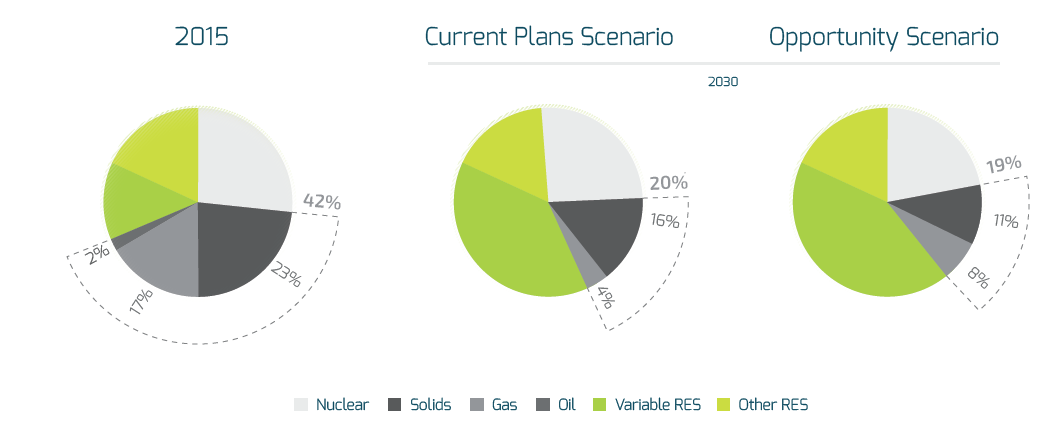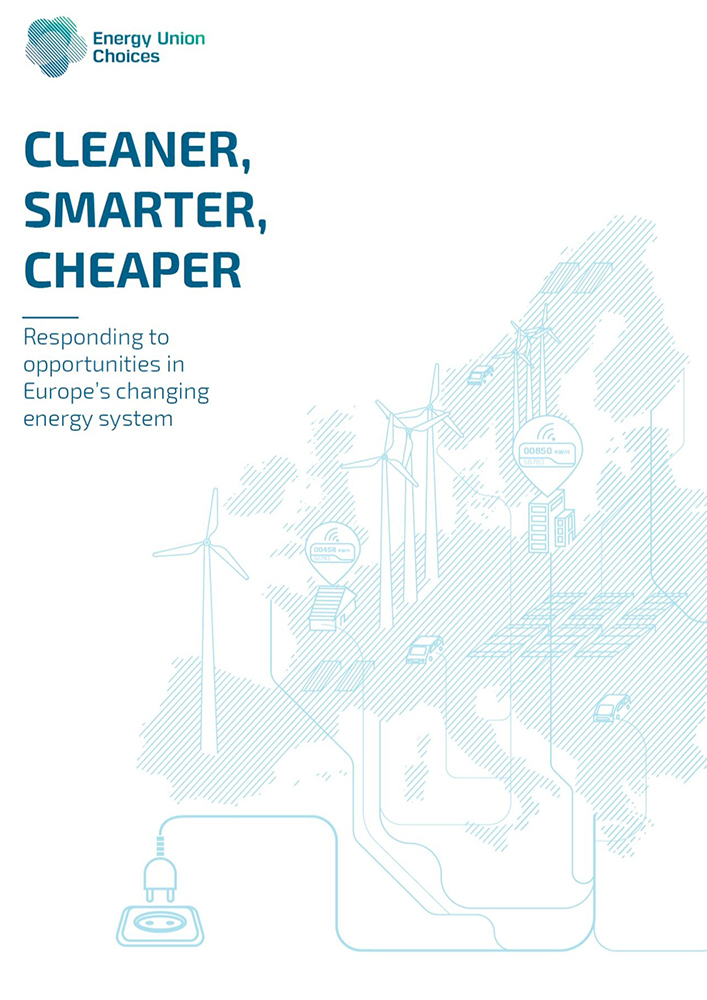Latest Energy Union Choices report: “Cleaner, Smarter, Cheaper”
For the purpose of the study, Artelys fed its European power market simulation tool Artelys Crystal Super Grid with the most up-to-date investment cost data for renewable technologies. The tool was further enriched by a set of flexible demand side management options. Artelys Crystal Super Grid jointly optimises investments in renewables and accompanying flexibility solutions and the hourly dispatch of all European power generation, transmission, flexibility and storage assets to meet 2030’s power and reserve needs.
Under the baseline scenario, considering the policy framework of the European Commissions “Clean Energy for All Europeans” Package (CEP), renewables reach about 55% of net power generation. The share rises up to 61% if Member States decommission part of their coal and nuclear capacities and simultaneously pave the way for a comprehensive deployment of demand side response measures. This accelerated transition towards the higher RES share is estimated to be cost-neutral (or even beneficial), while bringing CO2 emissions further down to 67% below 1990’s levels and creating some 65,000 additional jobs.
The study was publicly launched in Brussels on 21 November 2017 in the presence of Maroš Šefčovič (European Commission Vice President), Laurence Tubiana (CEO ECF) and Claude Turmes (MEP).
It will provide useful input into the ongoing debate about the adoption of the CEP and the prioritisation of infrastructure projects on the EU level, as well as on the feasibility and impacts of national phase-out strategies at Member State level.
The study was commissioned by the European Climate Foundation, conducted by Artelys and overseen by a consortium of organizations including E3G, Regulatory Assistance Project, BPIE and WWF.
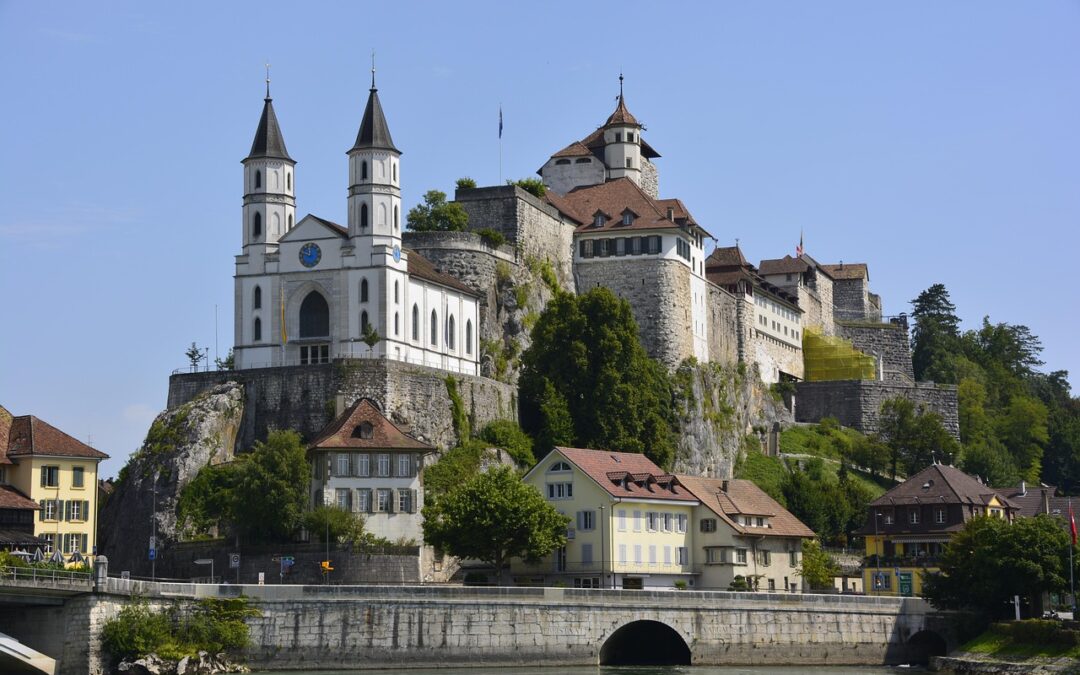
Swissgrid selects Artelys Crystal Super Grid
Artelys is pleased to announce that Swissgrid, the Swiss electricity Transmission System Operator (TSO), has selected Artelys Crystal Super Grid, our multi-energy simulation solution, to support their strategic planning and system analysis activities.
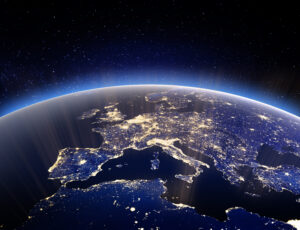
Artelys led the Assessment of Policy Options for Securing Inertia for the European Commission
The European Commission’s Directorate-General for Energy (DG ENER) selected Artelys (leader), Trinomics, and Tractebel ENGIE to study solutions for ensuring the future frequency stability of the European power system. The study report was published in August 2025 by...
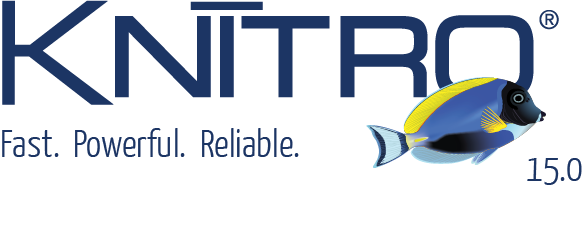
Artelys Knitro 15.0: New Tools for Your Large-Scale Models
Artelys is pleased to announce the release of Knitro 15.0, which provides new algorithms and performance improvements to solve your large-scale optimisation problems, whether linear or non-linear, more quickly.

Artelys Introduces Future Sight: a Visualisation Tool Supporting the Energy Transition
As partner in the European Climate + Energy Modeling Forum (ECEMF) – a Horizon 2020 Europe project uniting research institutes and leading energy modellers in Europe – Artelys has contributed to modeling activities powered by Artelys Crystal Super Grid modelisation tool, and has led the development of a fully-fledged visualisation tool.
subscribe to our newsletters
© ARTELYS • All rights reserved • Legal mentions
